When you look up at the night sky, do you see lots of stars or just a few? The brightness of the stars depends on where you are because some places have more light from cities, which makes it harder to see the stars. If you want to see the most stars possible, you should visit the darkest places in the United States.
The International Dark-Sky Association (IDA) is a group that works to protect the night sky. They give special recognition to places that have made efforts to keep their skies dark. These places are called International Dark Sky Parks, Communities, Reserves, Sanctuaries, and Urban Night Sky Places.
These special spots have done things like changing their lights and teaching people about light pollution to keep their skies dark. There are 195 of these special places around the world, and here are 10 of them in the United States where you can see the most stars.
Darkest Places in the U.S.
1. Cherry Springs State Park (International Dark Sky Park)
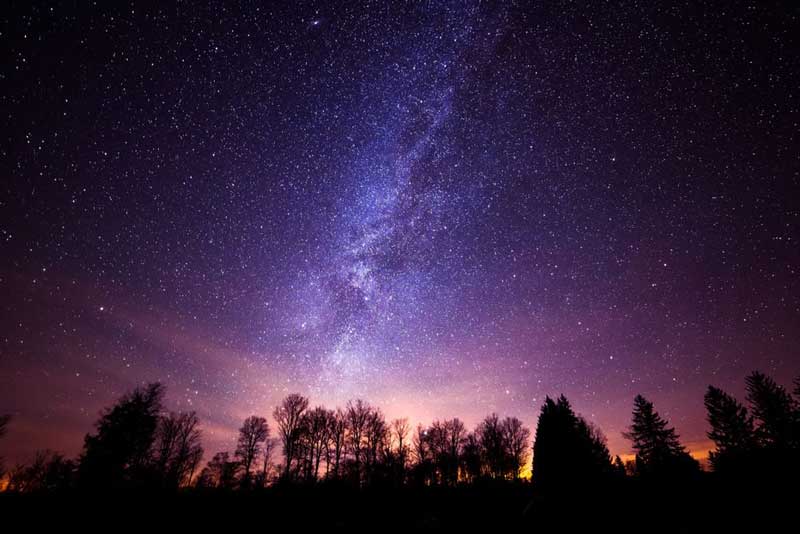
Cherry Springs State Park
Cherry Springs State Park, in the woodlands of Pennsylvania, stands as a haven for stargazers seeking pristine darkness. Recognized as an International Dark Sky Park by the International Dark-Sky Association (IDA), it offers an unparalleled opportunity for experiencing the wonders of the night sky.
Shielded from the glare of urban lights, visitors can marvel at the brilliance of countless stars and witness the Milky Way in all its splendor. Ranger-led programs offer valuable insights into the celestial realm, enriching the stargazing experience.
Whether camping beneath the star-studded sky or embarking on a nocturnal adventure, Cherry Springs State Park is one of the best places to explore the beauty of the cosmos in its purest form.
2. Glacier National Park (International Dark Sky Park)
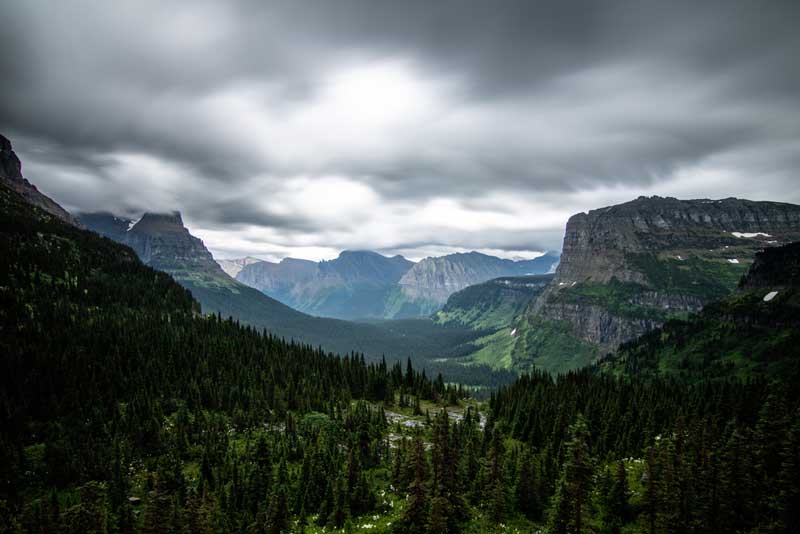
Glacier National Park
Glacier National Park, nestled amidst the rugged peaks and pristine wilderness of Montana’s Rocky Mountains, offers a sanctuary for both wildlife and stargazers alike. The park provides a haven for celestial enthusiasts seeking unobstructed views of the night sky.
Away from the glow of urban areas, visitors can bask in the brilliance of countless stars and marvel at the Milky Way arching overhead. Whether camping beneath the towering trees or embarking on a moonlit hike, Glacier National Park offers an immersive celestial experience.
Ranger-led programs further enrich the stargazing adventure, providing valuable insights into the constellations and astronomical phenomena.
3. Big Bend National Park (International Dark Sky Park)
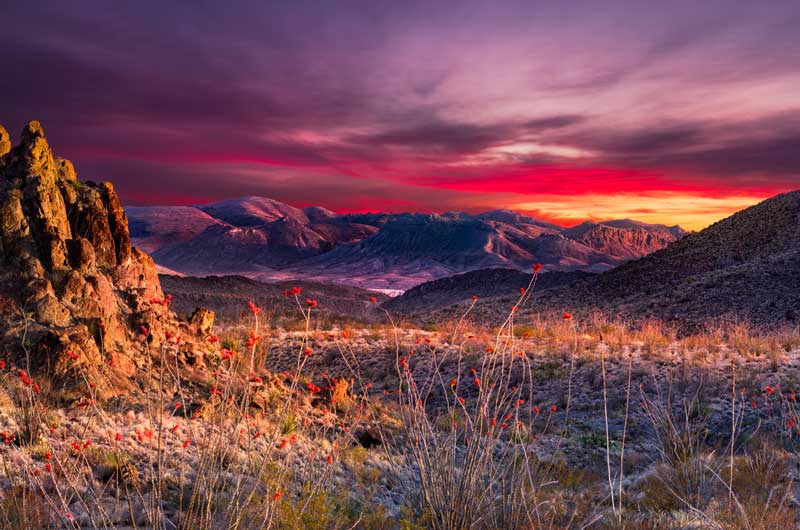
Big Bend National Park
Lying in the vast expanse of West Texas is Big Bend National Park, an epitome of unspoiled wilderness and celestial beauty. It offers an unparalleled stargazing experience.
Away from the glow of urban areas, the park’s remote location ensures minimal light pollution, providing an uninterrupted view of the cosmos. Visitors can marvel at the Milky Way stretching across the heavens, witness meteor showers, and observe distant galaxies with remarkable clarity.
Rangers often host stargazing programs, offering insights into the constellations and astronomical phenomena. Whether camping beneath the star-studded sky or embarking on a moonlit hike, Big Bend National Park promises an unforgettable celestial journey.
4. Death Valley National Park (International Dark Sky Park)
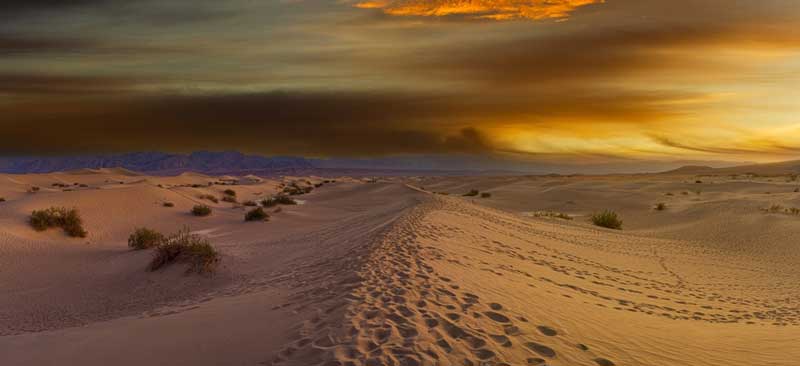
Death Valley National Park
Death Valley National Park, amidst the arid expanse of California and Nevada, offers more than just extreme temperatures and stunning landscapes—it provides an exceptional stargazing experience. The park boasts remarkably dark skies, perfect for witnessing the wonders of the universe.
Away from the city lights, visitors can marvel at the Milky Way stretching across the heavens, observe distant galaxies, and witness meteor showers with unparalleled clarity.
Ranger-led astronomy programs further enhance the experience, offering fascinating insights into the mysteries of the cosmos.
5. Central Idaho Dark Sky Reserve (International Dark Sky Reserve)
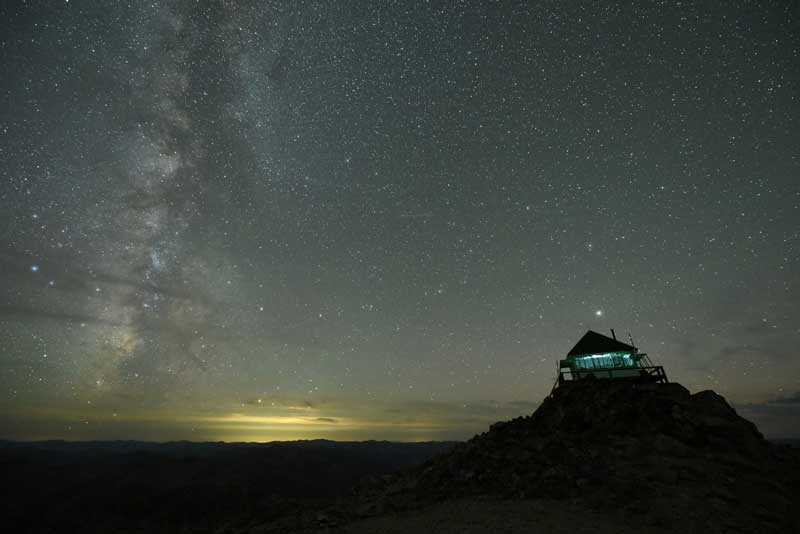
Central Idaho Dark Sky Reserve
Nestled in the heart of Idaho’s rugged landscapes, the Central Idaho Dark Sky Reserve stands as a beacon of celestial beauty and pristine darkness. Recognized as an International Dark Sky Reserve by the International Dark-Sky Association (IDA), it offers an unparalleled stargazing experience.
Spanning vast expanses of wilderness, the reserve’s remote location ensures minimal light pollution, providing an uninterrupted view of the cosmos. Visitors can marvel at the Milky Way, observe distant galaxies, and witness meteor showers with remarkable clarity.
Ranger-led programs offer insights into the constellations and astronomical phenomena, enriching the stargazing adventure.
6. Stephen C. Foster State Park (International Dark Sky Park)
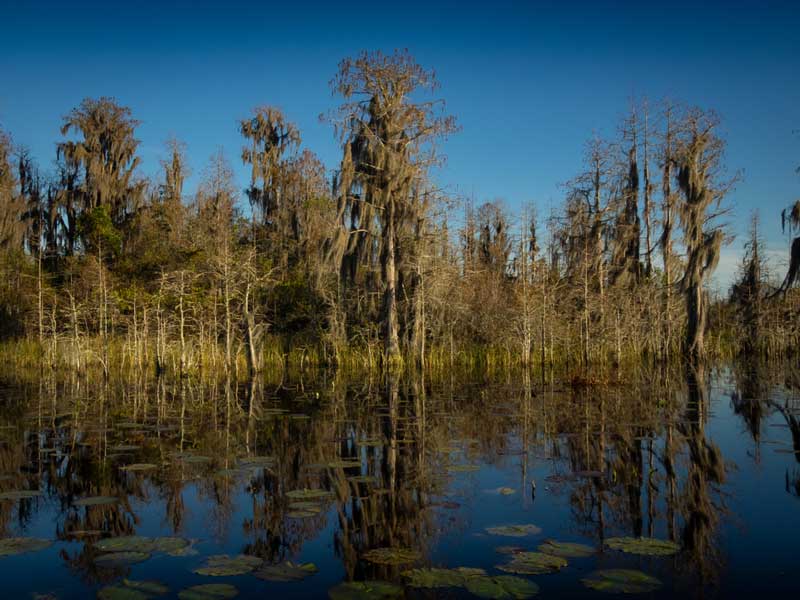
Stephen C. Foster State Park
Stephen C. Foster State Park is within the tranquil confines of Georgia’s Okefenokee Swamp, offering an exceptional opportunity for stargazing enthusiasts. The park provides an unparalleled glimpse into the wonders of the universe.
Shielded from the artificial glow of urban areas, visitors can revel in the splendor of a star-studded sky and witness celestial phenomena with remarkable clarity. Ranger-led programs offer valuable insights into the constellations and astronomical events, enhancing the stargazing experience.
Whether camping beneath the shimmering canopy of stars or embarking on a moonlit paddle along the swamp’s tranquil waters, Stephen C. Foster State Park is the place to be.
7. Grand Canyon National Park (International Dark Sky Park)
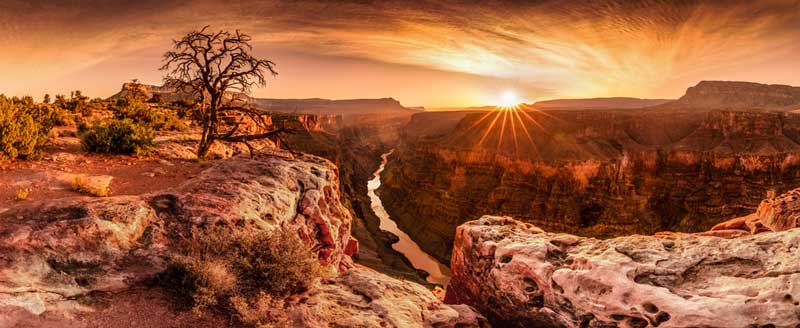
Grand Canyon National Park
Grand Canyon National Park, renowned for its breathtaking vistas, also offers an extraordinary stargazing experience. It is designated as an International Dark Sky Park by the International Dark-Sky Association (IDA).
The park provides an unparalleled opportunity to witness the wonders of the night sky. Away from the glow of urban areas, visitors can marvel at the Milky Way stretching across the heavens and observe distant galaxies with remarkable clarity.
Ranger-led astronomy programs offer insights into the constellations and celestial phenomena, enriching the stargazing experience. Don’t hesitate to go camping beneath the star-studded sky or embark on a moonlit hike along the canyon rim.
8. Great Basin National Park (International Dark Sky Park)
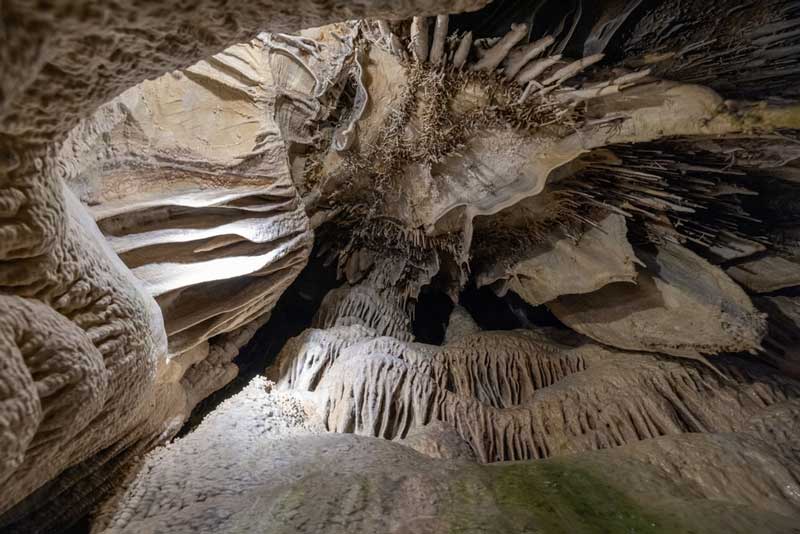
Great Basin National Park
Nestled in the heart of Nevada, Great Basin National Park offers more than just rugged landscapes—it provides an exceptional stargazing experience.
The park boasts remarkably dark skies, perfect for witnessing the wonders of the universe. Away from the city lights, visitors can marvel at the Milky Way, observe distant galaxies, and witness meteor showers with unparalleled clarity.
Ranger-led astronomy programs further enhance the experience, offering fascinating insights into the mysteries of the cosmos.
9. Katahdin Woods and Waters National Monument (International Dark Sky Sanctuary)
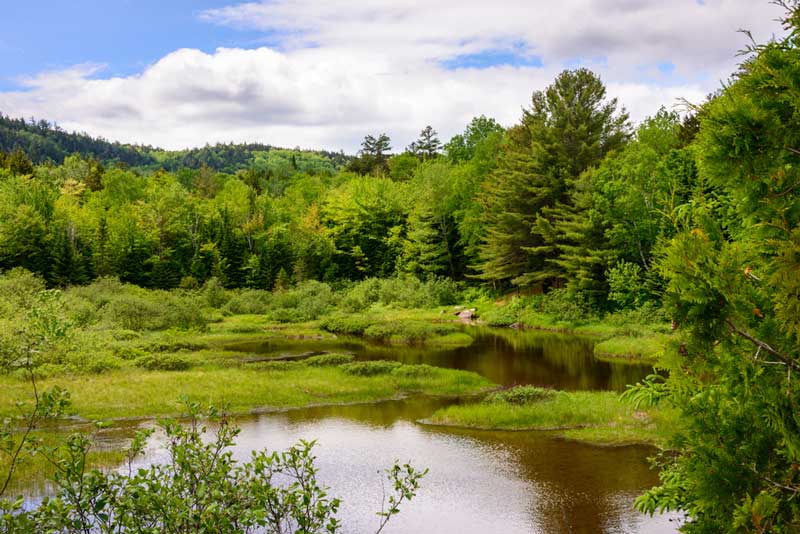
Katahdin Woods and Waters National Monument
This destination lies amidst the pristine wilderness of Maine’s north woods, offering a haven for both wildlife and stargazers alike. The monument provides an exceptional opportunity for experiencing the wonders of the night sky.
Shielded from the glare of urban lights, visitors can marvel at the brilliance of countless stars and witness the Milky Way in all its splendor. Ranger-led programs offer valuable insights into the celestial realm, enriching the stargazing experience.
Whether camping beneath the star-studded sky or embarking on a moonlit hike, Katahdin Woods and Waters National Monument beckons adventurers and astronomers alike to explore the beauty of the cosmos in its purest form.
10. Great Sand Dunes National Park and Preserve (International Dark Sky Park)
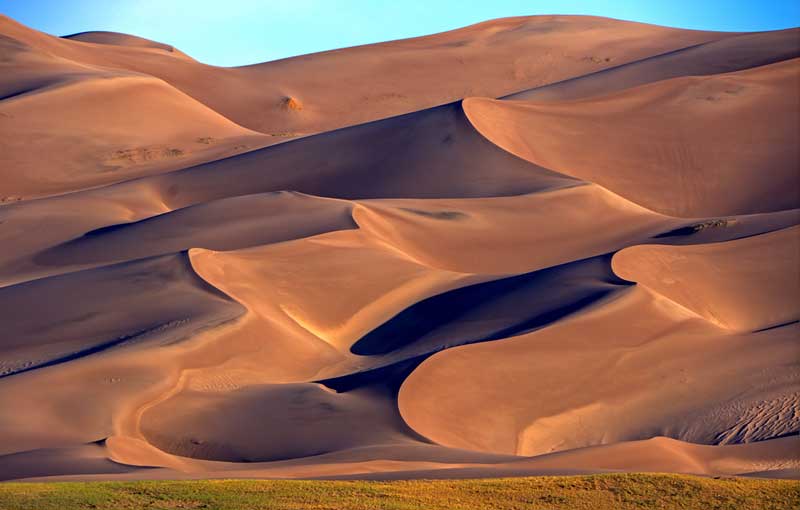
Great Sand Dunes National Park and Preserve
Great Sand Dunes National Park and Preserve is tucked away in the rugged terrain of southern Colorado. It offers towering dunes and stunning landscapes, providing an exceptional stargazing destination. As an International Dark Sky Park, the park boasts remarkably dark skies, perfect for witnessing the wonders of the universe.
Away from the city lights, visitors can gaze in awe at the glittering expanse of stars overhead. From the comfort of their campsite or atop a sandy dune, stargazers can observe celestial phenomena like the Milky Way and meteor showers with unparalleled clarity.
Ranger-led astronomy programs enhance the experience, offering fascinating insights into the mysteries of the night sky. With its pristine natural setting and celestial wonders, Great Sand Dunes National Park beckons adventurers and astronomers alike.
Final Thoughts
The darkest places in the United States offer unparalleled opportunities for incredible stargazing experiences. They provide pristine environments where the wonders of the night sky can be fully appreciated.
Whether marveling at the Milky Way, observing distant galaxies, or witnessing meteor showers, visitors are treated to unforgettable celestial displays.
Thanks to efforts by organizations like the International Dark-Sky Association, these sanctuaries of darkness continue to be preserved, ensuring future generations can continue to enjoy the awe-inspiring beauty of the cosmos.
